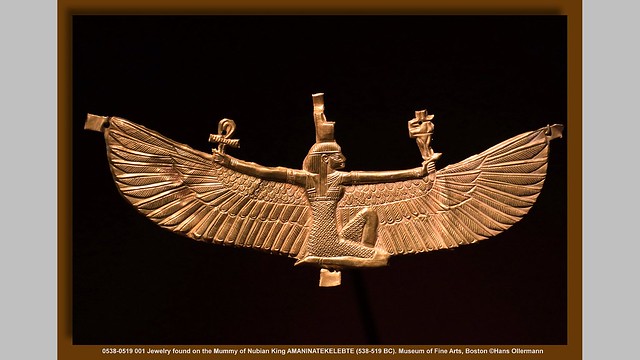On April 27, the St. Louis American published an article analyzing the history of the Nubian people in the context of a landmark exhibit of Nubian art that is currently on display at the St. Louis Art Museum. The author of the piece, Kenya Vaughn, argues that racism has played a critical role in the couple thousand years of relations between the Nubians and their rivals in northern Africa, the Egyptians.

The curator of the exhibit, Denise Doxey, told the reporter that the Nubians had no written language during much of their history, so their story was recorded by the Egyptians, and not always in friendly terms. Doxey, who is a curator at the Museum of Fine Arts in Boston, described the relationship between the two peoples as “frenemies.” They hated each other at the same time as they respected one another. They conquered one another in their different wars: neither was particularly peaceful during much of their history.
Since the Nubians had no way of telling their story except through their artistic productions, the Egyptian view of the Nubians has tended to prevail. And the early 20th century views of outside scholars, colored by their interpretations of Egyptian writings, tended to perpetuate the racist stereotypes about the Nubian civilization.
The exhibit at the art museum, “Nubia: Treasures of Ancient Africa,” presents the richness of the history for observers who are willing to abandon their stereotypes. The racist views of early Egyptologists—that the Egyptians had the superior civilization—began to be modified when serious excavations got underway in the 1970s in Nubia. The current exhibit strengthens the reality of cultural equality between the two civilizations.

Doxey analyzes for the journalist the incredibly fine details of some of the objects displayed. For instance, she points out the fine, almost microscopic, details on a tiny pendant. It includes both an Egyptian goddess and a Nubian queen. The thousands of objects on display include giant pieces of art as well as very tiny ones reflecting almost every aspect of Nubian life.
They also represent the fact that the Nubians had a very cosmopolitan civilization with highly developed trade routes all over Northeastern Africa and adjoining Middle eastern lands. Doxey concludes that the Nubians had “the greatest civilization you’ve never heard of.” The exhibit “Nubia: Treasures of Ancient Africa” will be on display in St. Louis until August 22.